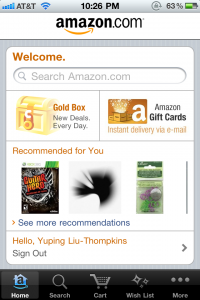The most recent Loyalty Census from Colloquy pegs loyalty program membership in the US at more than 2 billion, up 16% from 2008. Perceived value of points earned through loyalty programs is estimated to be $38.83 billion. With this much activity going on, you may be tempted to offer a loyalty program for your business too. But do you really need a loyalty program? I’d like to address this question in this post. Let’s start by taking a look at the pros and cons of having a loyalty program.
Key Advantages of Having a Loyalty Program
- It encourages consumers to concentrate their purchases in your company so that they can reach a reward faster.
- It increases switching cost so that consumers who have already earned points through your loyalty program are less likely to jump ship to a competitor.
- Compared with other promotions such as price discounts, a loyalty program incurs delayed promotional cost, because consumers make purchases first and get rewards later only after they have accumulated enough points.
- Related to the above cost issue, not all points earned through a loyalty program translate into reward costs, as there will always be some consumers who never reach the reward threshold or who never redeem their points.
- A loyalty program offers a way to capture consumer transaction history and can lead to more in-depth understanding of your customers.
- If you have a sizable business such as an airline, a loyalty program can be a revenue source as you can sell program currency (e.g., miles, points, etc.) to partner businesses.
- A loyalty program, when properly designed, can make your best customers feel appreciated and become more loyal.


